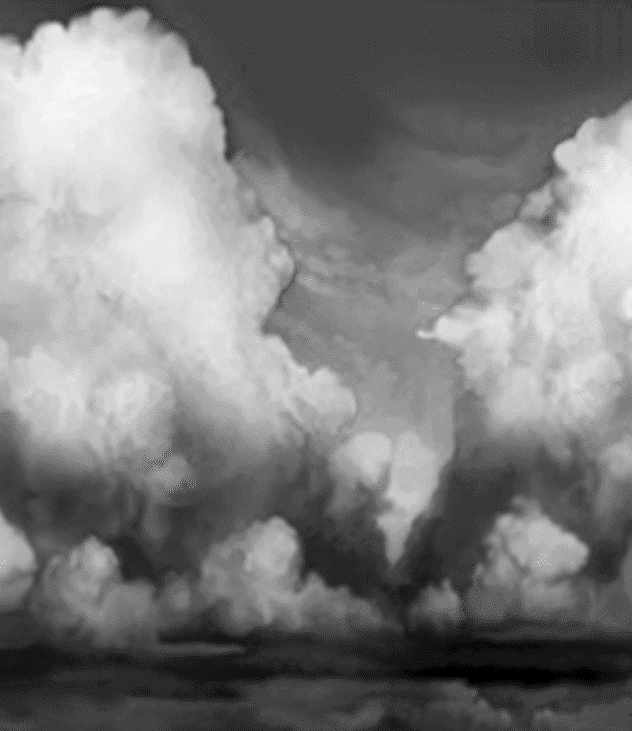
From a broad perspective, American Kenpo forms can be viewed as a catalog of information that starts from the most simplistic and elementary and steadily progresses in complexity along with the progression of the curriculum. This catalog of information is presented very simply and without any explanation (from both the practitioner's and viewer's perspective) through sets of maneuvers composed into what we call forms.
The progression of complexity is conveyed very explicitly via the motions themselves and not through any verbal communications with the observer. Even the non-initiated and/or casual observer can discern a vast difference between Short Form One and Form Four. Not only by length, but also by the maneuvers being performed.
The key part of this description of the forms is the "without any explanation" portion. The reason this element is so important is that it highlights the fact that it is the responsibility of the teacher of the form to impart meaning and understanding to the motions of a form. It is not the responsibility of the student to divine this information on their own. Therefore, it is the responsibility of the teacher to understand the meanings in order to pass this information on to the student.
As an instructor, one may argue that they are performing a service to the student by only revealing some of the information to them, and it is the student's responsibility to use this provided information to determine any missing information on their own. And, that is a valid argument - to a degree.
But what happens when this student becomes the instructor? What information will they pass down? How will they answer a student's query into meaning, if they do not have the information to confirm or refute the student's proposal? It becomes patently obvious that this logic quickly breaks down from a multi-generational perspective.
In order to preserve an art across generations, the only solution is that there must be a place where an instructor may go to provide for their student (or themself). This can be another instructor (who may or may not have this information) or other reference which one may consult. Regardless of method, there should be a source for answers. Most preferably, an objective and definitive resource.
At this point, the reader may be asking - what does this have to do with understanding American Kenpo forms? Again, there is a key point - understanding. Understanding should not be confused with execution. Anyone can be taught to execute a form, but an experienced instructor can quickly ascertain whether the performer of the form understands the meanings of the movements within the form simply by viewing the demonstration of specific maneuvers.
In other words, understanding leads to properly performed motion and the elimination of improper and/or incorrect motion. The inverse is also true: Lack of understanding leads to incorrect and/or improperly performed motion.
This adage becomes more and more obvious as the practitioner gains more and more understanding of (and experience with) the form.
And, as stated numerous times throughout both this book and the entire series, American Kenpo forms are replete with information. American Kenpo forms are not just a series of maneuvers put together to create a facsimile of a fight. They are in-fact a specific sub-division of the art. The basics division. They are the moving basics section of the basics division. And, as such, have a specific purpose and definition.
The definition of American Kenpo forms not only defines what the forms are, but also provides a rudimentary understanding of their purpose. American Kenpo forms can be defined as:
A predefined series of maneuvers that:
1)show the rules and principles of motion,
2)that everything has a reverse and an opposite,
3)by giving an example
And with this definition, one should be able to have a better appreciation as to why the forms were placed in the basics division. Because from a logical and practical standpoint, the forms definition more closely fits with the overall goals of the basics division, compared to the goals of the other two divisions.
This definition also provides context and scope as to how one goes about understanding the maneuvers contained within the forms. It provides a framework to understanding the catalog of information which is the forms.
And as originally presented, this information is purposely designed to start with simple themes and motions and steadily progress to the more complex and sophisticated, while staying within the boundaries of the definition. And finally, it is the responsibility of the practitioner acquire and use this information as they progress through the art.